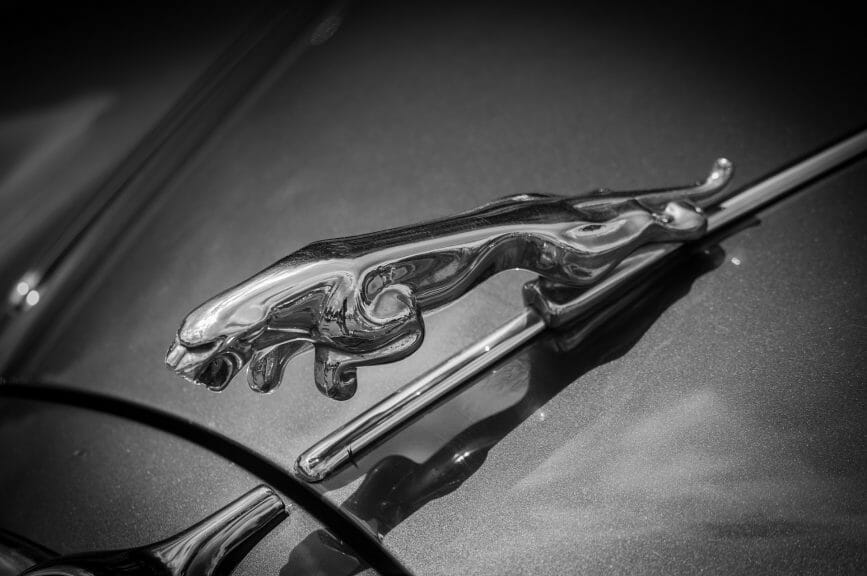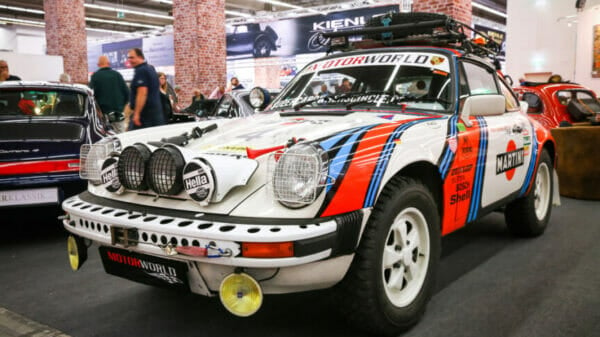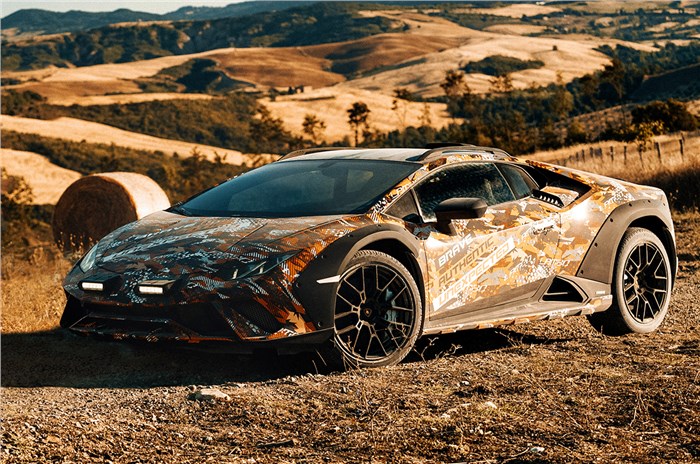The original C-X75 concept made its debut in 2010 at the Paris Motor Show to celebrate Jaguar’s 75th anniversary. It quickly captured the attention of automotive enthusiasts worldwide, sparking discussions about its potential as a spiritual successor to the iconic XJ220 from 1992.
This unique car had all the makings of a standout vehicle, featuring a hybrid supercar design with an aluminum chassis and innovative micro gas turbines that powered four electric motors, delivering a combined output of 581 kW (780 bhp) and 1600 Nm of torque.
One of the key advantages of the C-X75 concept was its freedom from the constraints of a traditional internal combustion engine, allowing designers to sculpt a body that was sleeker and more compact than other flagship supercars. Collaborating with the Williams F1 team, the concept evolved to include a carbon-fiber monocoque chassis for potential production.
The revised model was set to feature a more conventional hybrid powertrain, leveraging a highly efficient 1.6-liter engine and two electric motors to produce over 634 kW (850 hp) of power and 1000 Nm of torque. Performance estimates suggested an acceleration of 0–100 km/h in under three seconds and a top speed of 354 km/h (220 mph).
Despite its promising prospects, Jaguar unexpectedly shelved the project in 2012, leaving enthusiasts wondering about the fate of the groundbreaking C-X75 concept. With the rise of electric vehicles gaining traction, speculation remains whether Jaguar will revisit this ambitious project in the future.
Image Source: Pixabay












